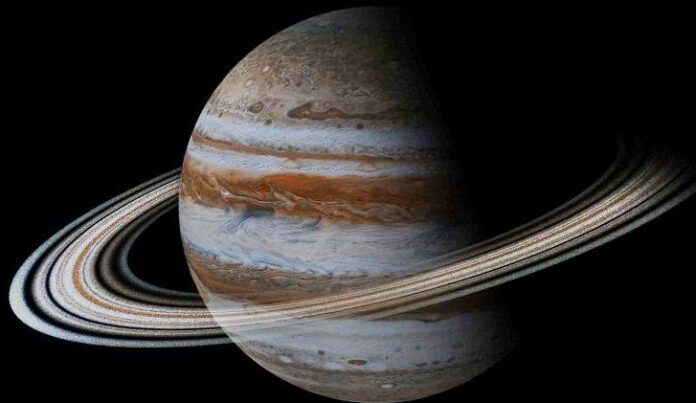Today, we have prepared some interesting facts about the planet Jupiter – a massive planet and the second largest celestial body in the Solar System. Jupiter can be seen with the naked eye at night and sometimes even during the day when the Sun is low in the sky.
Jupiter and its moons essentially form a miniature solar system themselves and can teach us a lot. Although exploration has revealed only a few of its secrets, today we will look at some facts about Jupiter.
Interesting Facts About Jupiter
- Moons: Jupiter has the largest number of natural satellites in the Solar System – a total of seventy-nine.
- Comet Capturing: Jupiter constantly disrupts the orbits of comets and sometimes captures them. The most famous such incident occurred in 1994. Comet Shoemaker-Levy 9 collided with Jupiter, giving astronomers their first chance to witness a major collision with a planet in our Solar System.
- Rotation: Jupiter rotates so quickly that a full day lasts only about ten Earth hours.
- Surface: Jupiter is a gas giant and therefore does not have a solid surface. It may have a solid inner core the size of Earth.
- Discovery: In 1610, Galileo discovered Jupiter and its largest moons: Io, Europa, Ganymede, and Callisto.
- Potential Star: Another interesting fact about Jupiter is that if it were eighty times more massive, it would have become a star.
- Heat Emission: Although Earth cannot emit more energy than it receives from the Sun, Jupiter radiates almost twice as much heat as it receives from the Sun.
- Magnetosphere: The gas giant’s magnetosphere extends from 1,000,000 to 3,000,000 kilometers toward the Sun and reaches out to the outer boundary of the system at 1 billion kilometers.
- Gravity: Jupiter also has the strongest gravitational pull of any planet, being 2.5 times the gravity of Earth.
- Roman Mythology: As the largest planet in our Solar System, Jupiter was rightly named after the king of all gods in Roman mythology. The Romans named this planet Jupiter because it was the largest object in the sky.
- Surface Conditions: The pressure on Jupiter’s surface and the high temperatures make it impossible for any Earth-like life to exist on the planet.
- Rings: Jupiter’s rings are made of small dark particles and are difficult to see except when they are backlit by the Sun. Jupiter is known to have four sets of rings: the Halo Ring, the Main Ring, the Amalthea Gossamer Ring, and the Thebe Gossamer Ring.
- Ring Discovery: The existence of Jupiter’s rings was confirmed in 1979 when they were discovered by the Voyager 1 spacecraft.
- Position in Solar System: Jupiter is the fifth planet from the Sun and is located between Mars and Saturn.
- Size: Jupiter can contain 1,300 Earths.
- Composition: Jupiter is almost entirely composed of hydrogen (H2) and helium (He).
- Io: Io, the third largest moon of Jupiter, is the most volcanically active body in our Solar System.
- Europa: Another moon, Europa, is made of water ice, which may hide oceans larger than those on Earth.
- Ganymede: Ganymede is the only moon in the Solar System that has its own magnetic field.
- Potential for Life: Some believe that life could exist on one of Jupiter’s moons, Europa.
- Callisto: Callisto, the most distant of Jupiter’s major moons, does not experience enough gravitational push and pull to heat its interior like the other moons.
- Rings Comparison: Jupiter’s rings are much thinner and therefore less noticeable than Saturn’s rings.
